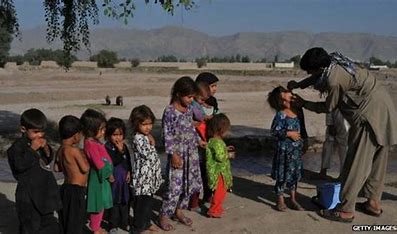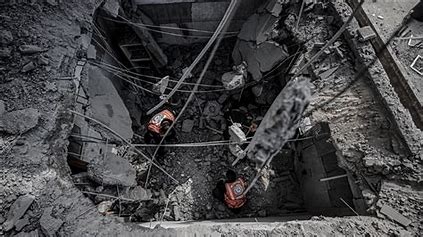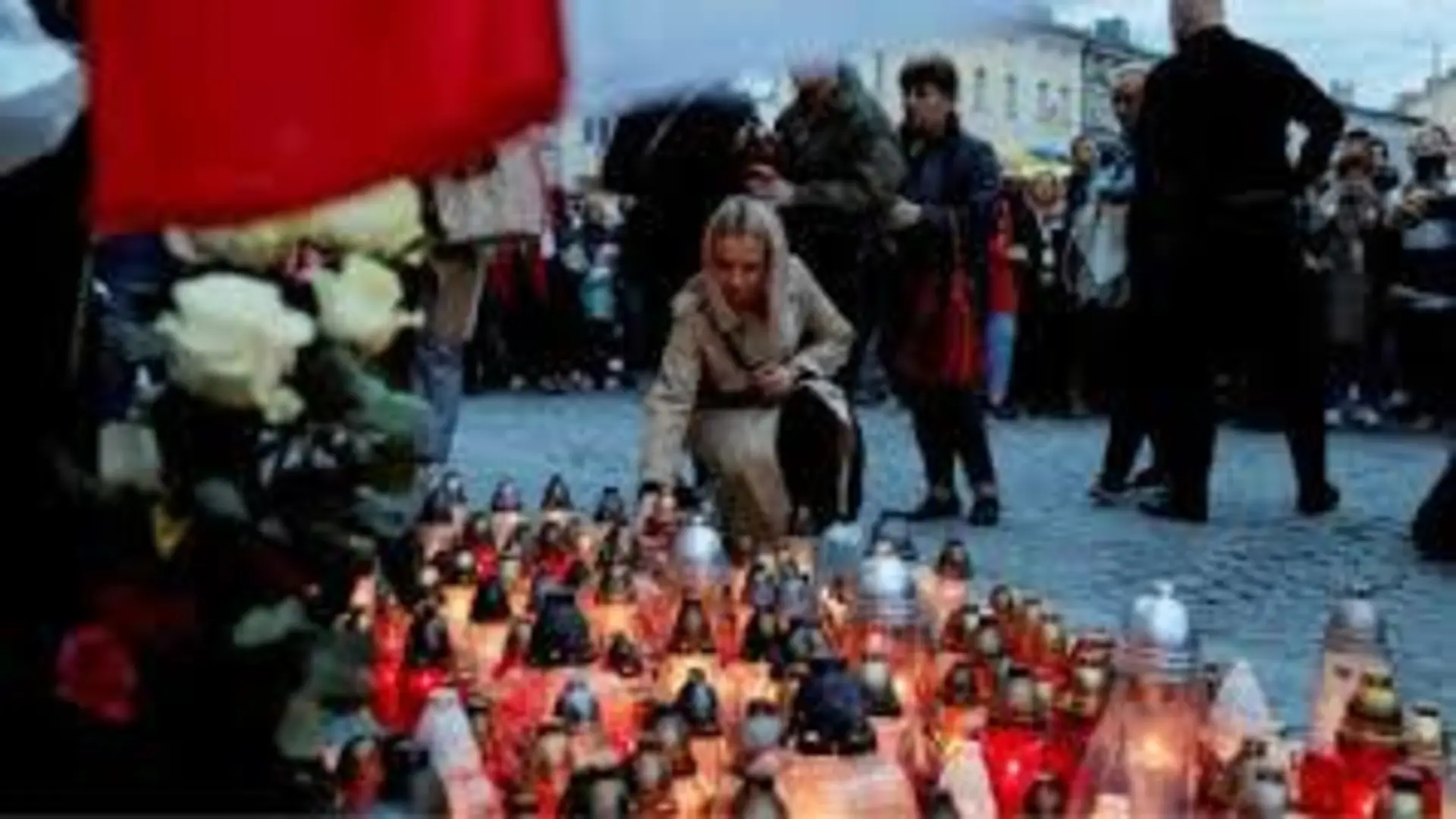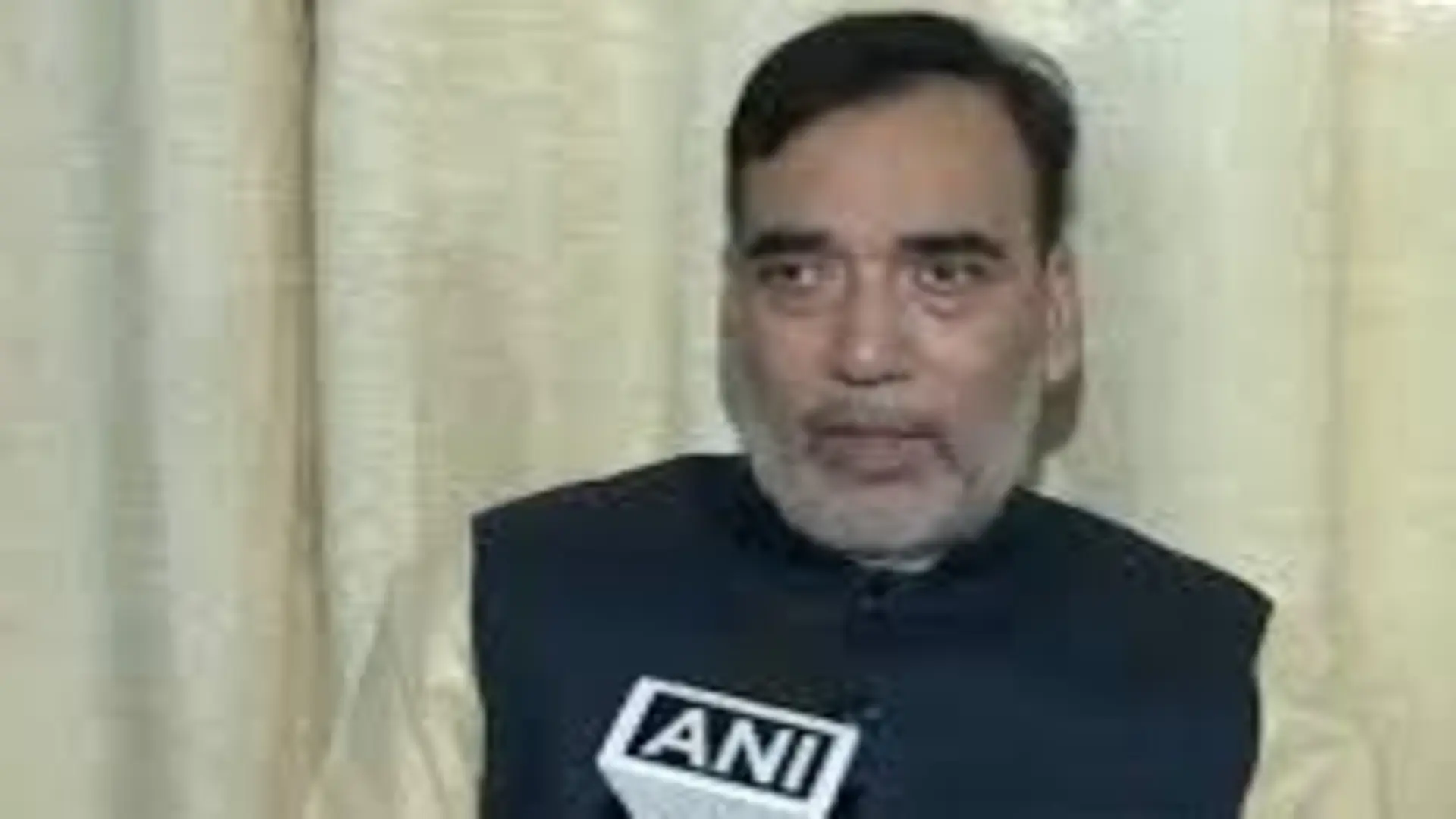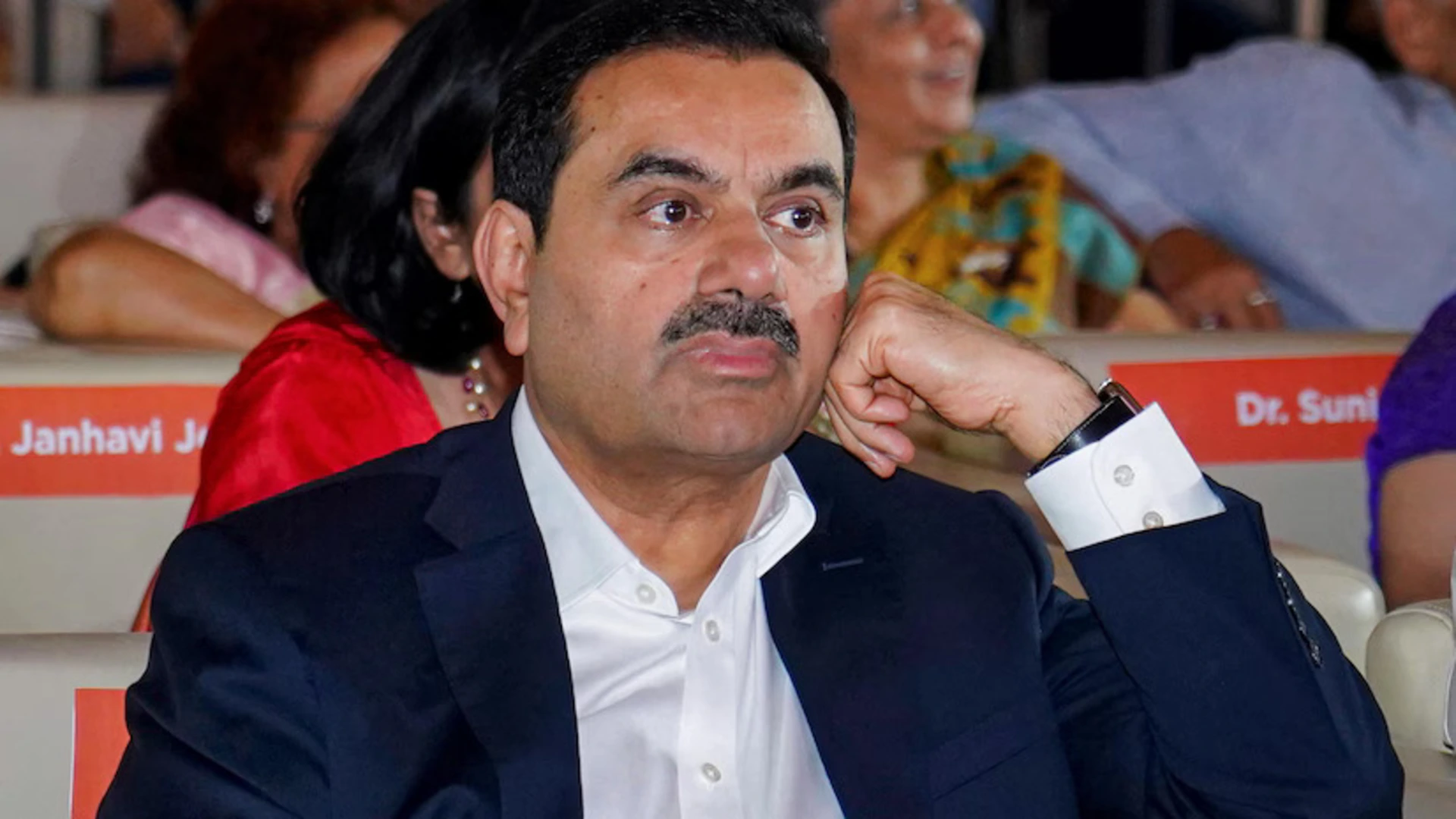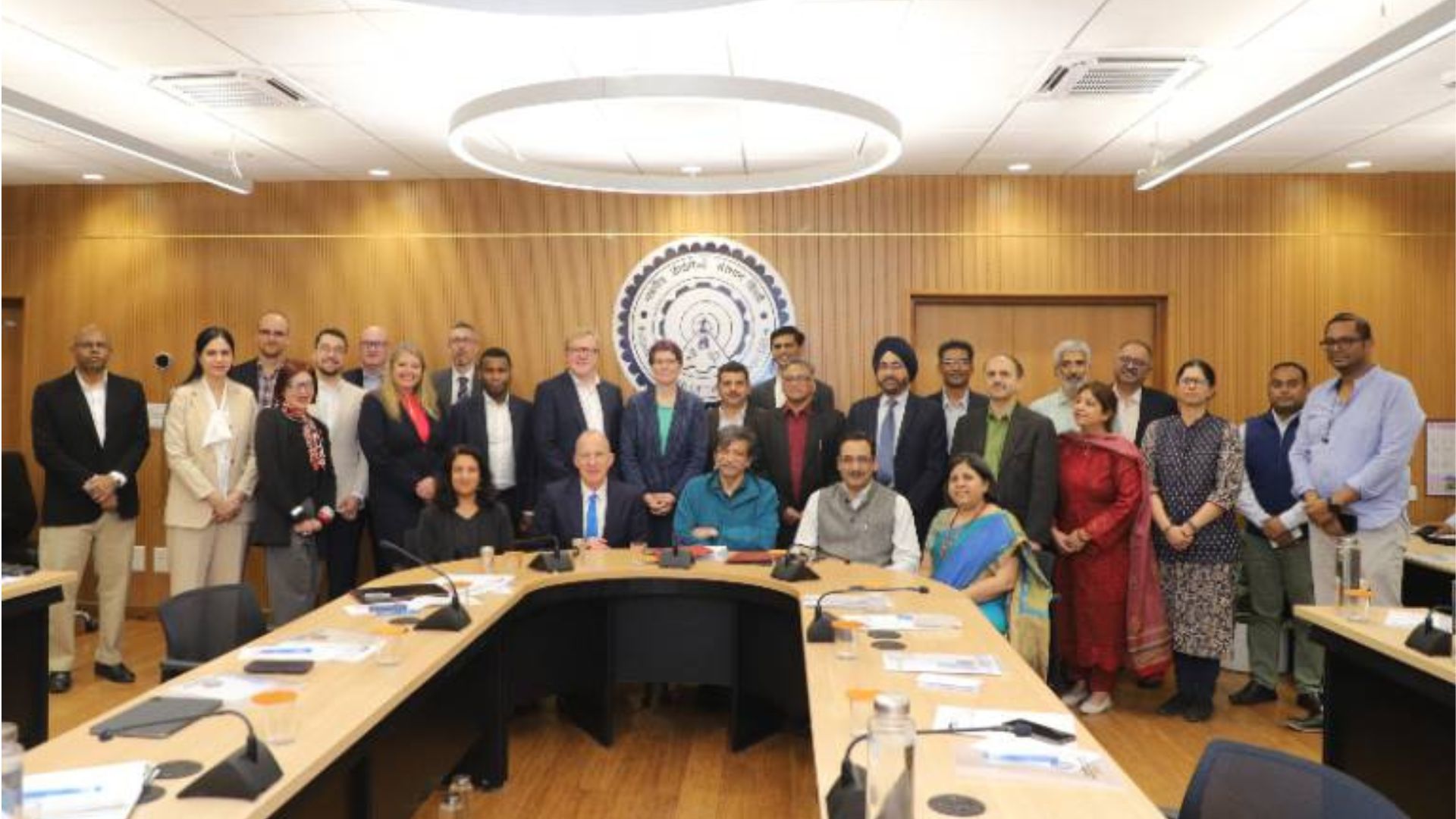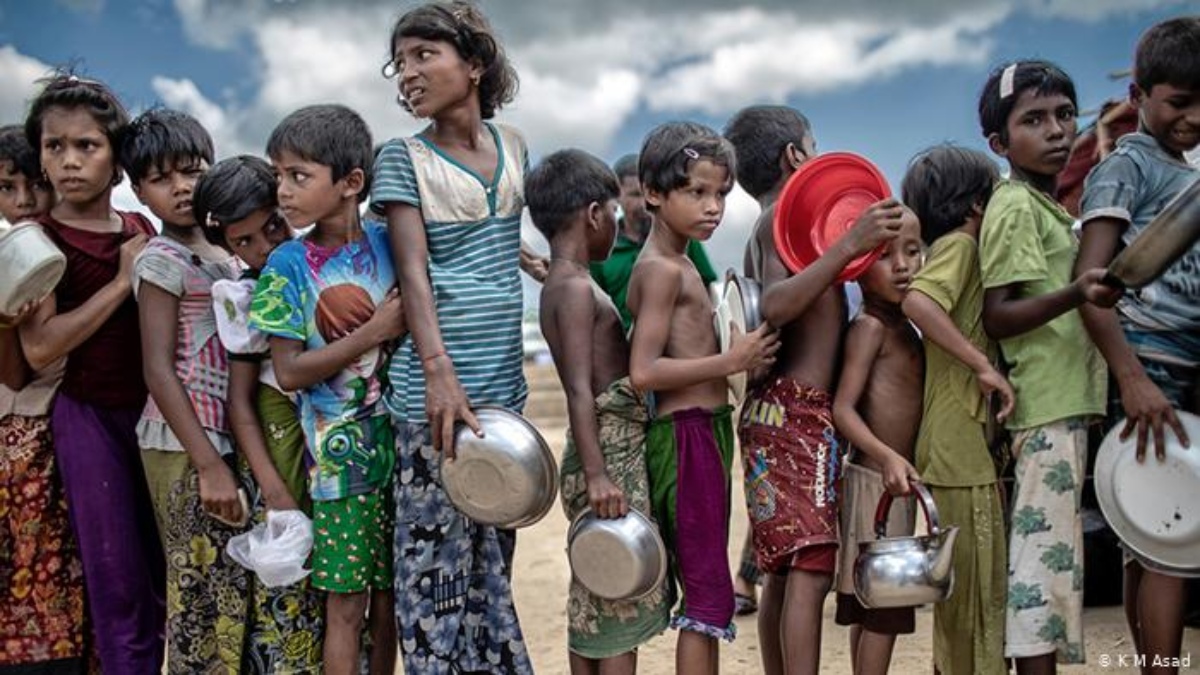
In 2019, when we all were relishing our New Year’s Eve and making new year resolutions to achieve different set of goals, somewhere, a midget virus took birth to show its humongous impact, which led to global pandemic, which only got deepens with time. To fight a battle against novel coronavirus, government of different nations laid down akin guidelines which are wearing masks, using sanitizer, washing hands and maintaining social distancing. We all reside within our safe spaces and could easily adhere to the said guidelines but there are people living under altogether different set of circumstances, those people are Refugees. The refugees are forced to leave their native place to avoid war, financial crisis, etc. Human rights and health of refugees are one of the major concerns for any country. The refugees were already living under harsh circumstances with the outbreak of Covid-19, the situation has worsened and had impacted them in terms of health and income. This pandemic showed us the real operations of laws implemented for betterment of refugees. The refugees faced a lot of hurdles in keeping themselves safe during this pandemic as they have very small space to reside, which made it difficult for them to keep a safe distance and lack of funds for proper sanitization and medical safety. There are various international conventions, protocol and agreements to protect the rights of refugees which are UN Convention Relating to the Status of Refugee, 1951, Protocol Relating to the Status of Refugees, 1967, New York Declaration for Refugees and Migrants, 2016, with many other Indian constitutional rights. United Nations Human Rights Council actively implement laws and statues to safeguard refugees, in which India is not a signatory but actively participates which affirms rights to all person whether citizen or non- citizen. To look into the hopeful prospect, Refugees contributed efficiently to win battle against the pandemic by serving as medical staff in hospitals whether it is as nurse or cleaning the rubbish, sewing masks, conducting educational drives. The time has changed and refugees are proving themselves as an asset to the country they are residing in.
INTRODUCTION
When a person is tuck in a bad situation the first thought which comes to mind is to escape the situation, find a better and safe space to avoid the harsh outcome of that situation but what if one cannot find safe space around, this is the exact situation which is faced by lots of people who ultimately have to leave their home, state, country and most importantly their identity at their native place and are identified as Refugees.
According to Article 1 of United Nations Convention on Status of Refugees, refugees are those who are “owing to a well-founded fear of being persecuted for reasons of race, religion, nationality, membership of a particular social group, or political opinion, is outside the country of his nationality, and is unable to or, owing to such fear, is unwilling to avail himself of the protection of that country.”
India is a country which perpetually keep debating on the rights of refugees and keep participating in many regulations made to safeguards rights of refugees. In India, there are many refugees’ groups from neighbouring countries but it does not have any proper laws and statutes for Refugees neither it is signatory to the 1951 UN Convention nor 1967 protocol on Status of Refugees. India always tries to help refugees on humanitarian grounds.
A BRIEF CHRONICLE OF REFUGEES IN INDIA
India is considered to be the second populated country and is one of the countries experiencing refugees lately. The Partition of India–Pakistan resulted in a huge number of people migrating to different counties. After India got its Independence, almost 20 million people came to India and to address such huge number of refugees India had to set up many relief camps. People started coming in from Bangladesh, Pakistan. Eventually, it passed the Rehabilitation Financial Administration Act in the year 1948 to deal with these issues with funding. A Huge number of people were displaced from India to Pakistan and vice versa. Another instance was happened in 1959 when Dalai Lama with his followers approached India as refugees and India provided them a Political Asylum. The year of 1971 saw many refugees transmitting from East Pakistan to India. In 1983 and 1986 India had refugees approaching in from Sri Lanka and Bangladesh respectively. By the end of 1992, India has hosted 237,000 displaced persons and 2,000,000 migrants. India always has some or the other Refugees presence throughout its history.
MAJOR GROUP OF REFUGEES
Around the globe, people leave their home to protect their families and themselves from many undesirable activities. Behind the records are people filled with exceptional life experiences and dreams for the future. There are mothers longing to return home, fathers desire to work again, children looking for a childhood.
At the moment, we see around 80 million people are displaced from their homes. We are witnessing shift in humanity like never before.
Over half of total refugees come from just five countries: Syria, Afghanistan, South Sudan, Myanmar and Somalia. All those refugees have suffered incredible loss, whether they are displaced in their own country or located overseas for safety. Yet they are filled with potential and the strength to triumph over misfortune.
THE COUNTRIES TO WHICH REFUGEE CRISIS ARE HITTING HARD
• Syria
The Syria crisis has accelerated melod3ramatically than any crisis on planet, and Syrians are still the largest forcibly displaced population in the world. After war erupted in March 2011, it took 2 years for 1 million people to find a place. Another million were displaced within six months. Now 9 years on, more than half of the pre-war population has been internally displaced or forced to seek safety in neighbouring countries. There are more than 13.2 million people on run, counting more than 6.6 million people who have fled across the borders.
• Afghanistan
The factors which have led to a massive migration from Afghanistan are years of unemployment, insecurity and political instability. More than 2.7 million people have been pushed to leave the country to Iran, Europe or Pakistan, whilst more than 2.5 million people are assessed to be living in new and prolonged displacement.
The United Nations evaluates that an average 1,100 people a day — mostly women and children — were forcibly displaced by violence in 2017, and over the years more than half of people displaced by disruptions in Afghanistan have been displaced at least twice, compared to just 7 percent five years before.
• South Sudan
The situation in South Sudan is dire, and the largest refugee crisis in Africa. More than 4 million people have been relocated from their homes since the start of a brutal civil war in 2013, including approximately 2.2 million people who have been made to cross into neighbouring countries, the majority of them were women and children.
What is already a perilous humanitarian crisis continue to worsen by ongoing warfare, flooding and drought. There are need for clean water, health care, sanitation, food, shelter, and protection across the country, and millions of people over there now require urgent support to survive.
• Myanmar
In August 2017, violence broke out in Myanmar’s northern Rakhine State, over 7,42,000 Rohingya have fled to southeast Bangladesh. Even before the crisis, Bangladesh was grappling with humanitarian challenges, and accommodating around 2,12,000 Rohingya who had escaped Myanmar during periods of violence and persecution. More than half of them are children.
Today, there are around 860,000 Rohingya in search of refuge in Bangladesh and at least 1.3 million people — Rohingya refugees and Bangladeshi host communities — who bank on humanitarian assistance by other counties to meet their basic needs. These populations live in congested camps and communities, highly vulnerable to harsh weather conditions and cyclone seasons.
• Somalia
With more than two decades of unending conflict and natural hazards which have driven nearly 1 million Somalis to live in poor refugee camps in the Horn of Africa and Yemen, whilst around 2.6 million people remain expatriate.
Across the country, many people are in dire need of assistance. In the early 2020, it was assessed that 1.2 million people had to face acute food insecurity — a number that is anticipated to increase as swarms of desert locusts infest farmland in the Horn of Africa and East Africa.
CHALLENGES FACED BY REFUGEES
Refugees who ended up in different set of camps or different countries deal with many problems in their life. They are prone to harsh living conditions. They have limited resources to fulfil their needs, live in tents, have limited food, water, clothing. They survive without adequate shelter and have to face many difficulties. Those who do not wish to join refugee camps and shift to countries, often deal with unexpected hardships, they also face cultural and language problems. The refugee children are the ones who have to face the real struggle as they find it very hard to continue with their schooling and fail to understand the situation at such a tender age. Most refugees take up some or the other labour work which feed them in the country they are living and are often exploited by the recruiters. Different countries have different set of rules and regulations foe handling refugees, some countries grant citizenship in lesser number of years than the other. The benefit of being a refugee in one country are different than the other. They face financial difficulties, discrimination, and are psychologically affected.
Despite of all the struggle they face, refugees are strong and battle with their situation to make most out of it. They are grateful for the opportunities they get. Most of them had such basic desires: to have their children succeed in school and to be able to put a roof over their heads. After everything they had already been through, they were doing all that they could to keep their families afloat in the new and scary place called refugee camps.
LEGISLATION FOR REFUGEES: INTERNATIONAL STATUES
Universally, there are various conventions, declarations and protocol for refugees. Some of them are UN Declaration on Territorial Asylum (1948), Universal Declaration of Human Rights (1948), Convention relating to the Status of Refugees (1951) and Protocol (1949), Convention relating to the status of Stateless Persons (1954), International Convention on Civil and Political Rights, Convention on the Reduction of Statelessness (1961), Convention on the Elimination of Discrimination against Women (1979), Guiding Principles on Internal Displacement (1998). Some of the Regional Refugee Laws are Cartagena Declaration (1984), Asian African Legal Consultative Committee Principles (1996).
The UN Convention concerning the Status of Refugee of 1951 was adopted on 28 July 1951 and entered into force on 22 April 1954. It repealed previous laws and set a most comprehensive codification of the rights of refugees. The Convention deals with General Provisions, Juridical acts, Lucrative Employment, Welfare schemes, Administrative measures, Executory and Transitory powers. These chapters are already defined and therefore they serve the aim of aiding refugees. Article 1 of the convention defines the term ‘refugee’, Article 12 and 13 deals with personal status and Movable and Immovable property respectfully. Article 16 deals with access to courts because the 1951 Convention only give blanket to those people who became refugees as a result of events occurred before 1951, Protocol concerning the Status of Refugees was entered into force on 4 October 1967, because new refugee situations have arisen after the convention and therefore the new refugee didn’t fall into the Convention. So, this protocol makes sure that equality reaches to all refugees.
INDIAN STATUES
The Constitution of India contains few articles which are applicable to the refugees during their stay in India. The most important of all is Article 21 which deals with Right to Life and personal liberty, it applies to all irrespective of their citizenship. Many judgements have been delivered by the apex court based on Article 21 in respect of refugees. Article 14 assures the person right to equality before the law. Article 5, 6, 7, 8, 9, 10,11,12, 20, 22,25-28, 32, 226 are also available for non-citizens of India including Refugees.
In the case of Visakha v. State of Rajasthan 1997 (6) SCC 241, the court has held that “International Conventions and norms are significant for the purpose of interpretation of the guarantee of gender equality, right to work with human dignity in Articles 14, 15 19(1)(g) and 21 of the Constitution and the safeguards against sexual harassment implicit therein”. In the case of Louis De Raedt v. Union of India, 1991 (3) SCC 554, the court held that the fundamental rights to life, liberty, dignity are available to everyone irrespective of their citizenship.
Some fundamental rights are guaranteed to non-citizens of India. In the case of NHRC v. State of Arunachal Pradesh 1996 (1) SCC 742, the court asked the government to safeguard the life and health of Chakma tribe that are in the state and that their application for citizenship should be sent to the authorities concerned instantly.
There are definitely a plenty number of protections given to the refugees staying in India under the Constitution of India but are hardly in practice. The provisions of the Constitution give a hint about ambition towards refugees, but due to its own reasons India doesn’t sign any Conventions related to it.Other than Constitution of India, India does not have any laws which specifically deal with Refugees. But India is in dire need of one, considering the recent conflicts for land by the refugees in different states of India.
STATUTORY BODIES TO SAFEGUARD RIGHTS OF REFUGEES
United Nations Human Rights Council (UNHRC) is a body dedicated to foster and protects the rights of refugees across the globe, established on 15 March 2006, the Geneva, Switzerland.
The main objective of UNHRC is to investigate claims of human rights abuse in member states of the United Nations and ensure that the said human rights matters are addressed and upheld to the maximum extent.
In India, UNHRC got involved since the issue of Tibetan refugees and the Bangladesh crisis in 1971. The UNHRC office located in Delhi, works to help refugees become self-sufficient with income-generating activates with the help of NGO’s. The main duty of UNHRC in India is to make sure that the refugees are not involuntary sent back to their country from which they have fled until the conflict rests in their country.
National Human Rights Council (NHRC) is a standalone entity of the Government of India which promotes and protects human rights, established in 1993 and amended in 2006. In 1994, NHRC gave directions to Tamil Nadu Government to deliver medical help to Sri Lankan refugees. In 1995, it filed a PIL on Arunachal Pradesh Government regarding the government officials not supporting Chakmas tribe, and got the decision of the court ordering the government to provide necessary help to the group. NHRC is always on the frontline in the matters which talks about rights of refugees and offering them better living standard.
REFUGEES AFFECTED BY OUTBREAK OF COVID-19
With the Covid-19 pandemic spread, human rights organizations warned adverse impact the coronavirus will have on the world’s most helpless populations which include refugees.
Refugees live in small area with great density but it varies by refugee population and what the status of the pandemic is where they are living. Refugees are infected and affected in a similar way to their host communities. Yet refugees are more vulnerable. They are not well-equipped with the medical facility as there aren’t many hospitals having good facility of ICU and ventilators, as there are not many qualified doctors to deal with adverse health condition caused by coronavirus.
But at the same time, they came out as a strong individual by providing helping hand in battle against this outbreak, they worked as frontline workers in healthcare sectors and also as essential workers. The demand of soaps and sanitizers soared high as people are advised to use them as cleaning agents against coronavirus, so, refugees manufactured it and made them more accessible to those in need. The pandemic caused the largest disruption to education in recent history, putting millions of children’s future and schooling at risk. Some refugees have stepped up to ensure that children of their community can continue learning and prepare themselves for better future.
CONCLUSION
Around the globe, though there are a number of conventions and laws protecting rights of refugees but they still have to fight for their basic rights. When a country as big and developing as India doesn’t have a Refugee Law, we can fathom that many countries have the same picture and are on the same ride. If UNHCR and NHRC work together to develop a better world for refugees, there will be much more development in the area of Refugee Law. There is definitely a need for India to set up a Law safeguarding Refugees, as in the future there may be many more concerns due to various reasons. Whenever UNHCR tries to do something regarding refugees NGOs should actively lend them the helping hand. Though Constitution of India protects the rights of refugees, still there needs to be a uniform Law that give equal rights to all the refugees. India continues to help refugees on the humanitarian view. Bearing the security issues in mind due to which India is not a signatory to the 1951 Convention, it should give due attention to all issues and rectify it accordingly. India should make stringent refugees’ laws and also take care that those law is not mistreated and mis-utilized by people who come to seek opportunities. By far Indian judiciary has done some really good work in regard to refugees by delivering many judgements like in the case of Dongh Lian Kham vs. Union of India (2016), the apex Court stated that the principle of non-refoulement is part of the guarantee under Article 21 of the Constitution of India irrespective of nationality. Many Rohingya refugees living in India are receiving aid, but India is planning to deport them to their terrain. In the past NHRC submitted a report for the need of Refuge law but didn’t receive a response but if UNHCR and NHRC join their hands, there could be a light at the end of tunnel.
Covid-19 showed us the real operations of laws implemented for betterment of refugees. The refugees faced a lot of hurdles in keeping themselves safe during this pandemic as they have very small space to reside, which made it difficult for them to keep a safe distance and lack of funds for proper sanitisation and medical safety.
